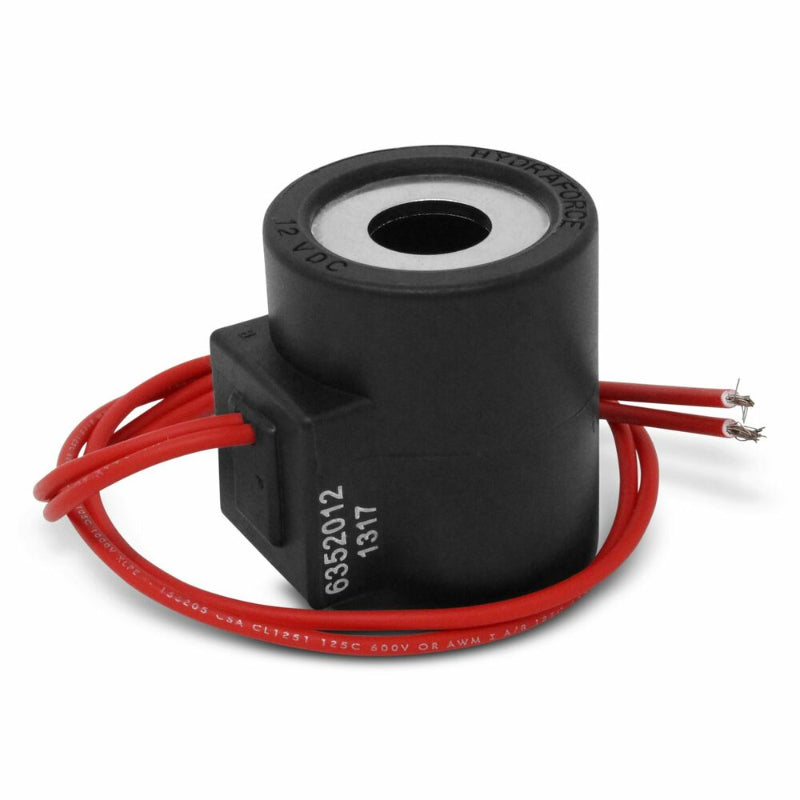how to inform if fuel solenoid is bad

A fuel solenoid is a vital part in a fuel delivery system. It is responsible for regulating the flow of fuel from the tank to the engine by opening and closing the fuel line. A defective fuel solenoid can cause a variety of problems, from stalling to engine failure. In this short article, we will discuss the indications of a bad fuel solenoid and how to identify the issue.
Signs of a Bad Fuel Solenoid

Engine Stalling: Among the most common symptoms of a bad fuel solenoid is engine stalling. The solenoid is responsible for opening and closing the fuel line, and if it is not operating properly, the engine might not get adequate fuel to keep running.
Trouble Beginning: A malfunctioning fuel solenoid can also trigger difficulty starting the engine. The solenoid might not be enabling enough fuel to reach the engine, which can trigger the engine to turn over but not start.
Rough Idle: If the fuel solenoid is not operating properly, it can trigger the engine to have a rough idle. The engine might sound like it is struggling to maintain a consistent speed, and there might be noticeable vibrations.
Decreased Power: A faulty fuel solenoid can also cause a decrease in engine power. The engine may not be getting sufficient fuel to operate at full capability, which can lead to a decrease in velocity and general efficiency.
Fuel Smell: If there is a strong fuel smell originating from the engine, it may be an indication that the fuel solenoid is malfunctioning. This can happen if the solenoid is permitting too much fuel to flow through the system, resulting in a fuel leakage.
Detecting a Bad Fuel Solenoid
If you are experiencing any of the above signs, it might be time to diagnose your fuel solenoid. Here are some actions you can require to determine if your fuel solenoid is bad:
Inspect the Fuel Pressure: The primary step in diagnosing a malfunctioning fuel solenoid is to examine the fuel pressure. A fuel pressure gauge can be utilized to evaluate the pressure in the fuel line. If the pressure is low, it may suggest that the fuel solenoid is not operating properly.
Check for Power: The fuel solenoid is normally managed by an electrical signal from the engine's control module. Utilize a multimeter to inspect if power is being sent to the solenoid. If there is no power, it may indicate a problem with the control module or circuitry.
Check the Solenoid: If the fuel pressure and power are both operating properly, it might be necessary to examine the fuel solenoid itself. Get rid of the solenoid from the fuel system and visually inspect it for signs of damage or wear. Look for any indications of corrosion or damage to the electrical contacts.
Evaluate the Solenoid: If the solenoid seems in good condition, it may be necessary to test it to figure out if it is operating properly. Use a multimeter to check the resistance of the solenoid coil. If woodward solenoid is outside of the maker's requirements, it may show that the solenoid is malfunctioning.
A bad fuel solenoid can trigger a series of issues, from stalling to engine failure. If you are experiencing any of the signs described above, it may be time to detect your fuel solenoid. By examining the fuel pressure, power, and inspecting and testing the solenoid, you can identify if it is operating correctly. If you are not able to detect or fix the problem on your own, it is advised that you look for the assistance of an expert mechanic.
